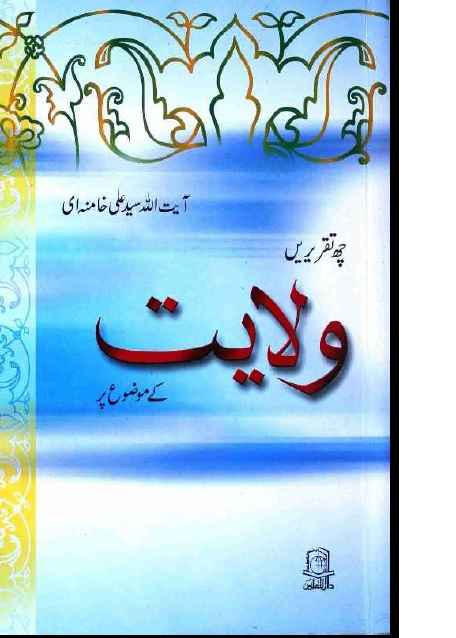

Yet, however convincing one finds the progressive arguments that a man’s striking his wife is not permitted by Q.
Quran tafseer by shia scholars in urdu full#
Many Muslims have gravitated toward the latter views, as they are more in keeping not only with modern sensibilities in general but also the Qur’anic portrayal of women in other verses as full human beings and partners in the relationship of marriage. There is a sharp divide between traditional interpretations of this verse, which stress female obedience and male authority, and contemporary interpretations, which emphasize the financial component of men’s marital duties and the limits on a husband’s power over his wife. The fact that so many different views exist as to what any particular word-such as daraba, “to strike”-shows that any attempt to fix the meaning of this (or any) verse once and for all is doomed to failure. 4:34 serve to highlight the role of human (and therefore fallible) intellect in comprehending scripture. The numerous possible interpretations of Q.

" Al-rijal qawwamun ‘ala al-nisa’ bi ma faddala Allahu ba‘duhum ‘ala ba‘din wa bi ma anfaqu min amwalihim. If they obey you, do not pursue a strategy against them. Those whose nushuz you fear, admonish them, and abandon them in bed, and strike them. Righteous women are qanitat, guarding the unseen according to what God has guarded. " Men are qawwamun in relation to women, according to what God has favored some over others and according to what they spend from their wealth. Precisely these issues of interpretation will be explored in the following links, along with whether “strike them” (idribuhunna) is to be taken literally. My basic translation here leaves three terms in the original Arabic since they cannot be translated without taking a position on how they should be interpreted.

It presents numerous difficulties for translation, since so many of the words have contested meanings. Verse 4:34 is the clearest Qur’anic example of hierarchy between men and women. However, in a number of realms, above all marriage and divorce, Qur’anic rules are differentiated by sex, with men seemingly given greater rights and responsibilities. 7:189 30:21), and the Qur’an describes spouses as “garments” for one another (Q. Muslim marriage is described in terms of love and mercy (Q. It refers to women and men as one another’s “protectors.” (Q. The Qur’an’s basic stance is that Muslim women are first and foremost Muslims, the religious equals of men (e.g., Q. The range of ways in which its key provisions have been interpreted illustrates both the presence of androcentrism and/or misogyny in some aspects of the Muslim tradition as well as possibilities for more egalitarian readings of scripture.

This essay will discuss verse 4:34 and the ways in which it has been interpreted both by traditional medieval scholars and by contemporary Muslims from a variety of backgrounds and perspectives. The most important of these verses occurs in Surat al-Nisa’ (“Women”), the fourth chapter of the Qur’an. Many contemporary debates about “women’s status in Islam” hinge on a few key topics: the veil, polygamy, and a few Qur’anic verses that are seen to prescribe female subordination-to men in general and husbands in particular.


 0 kommentar(er)
0 kommentar(er)
